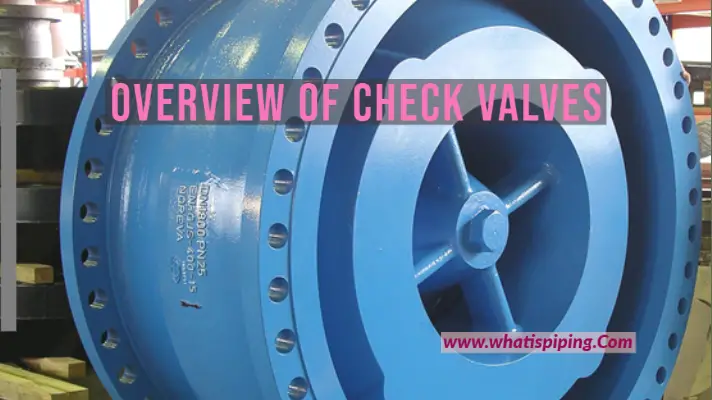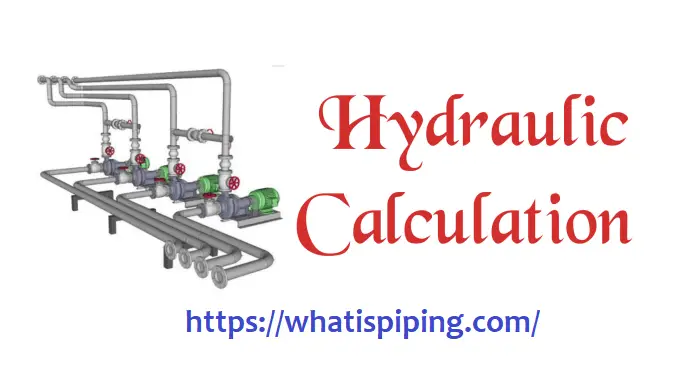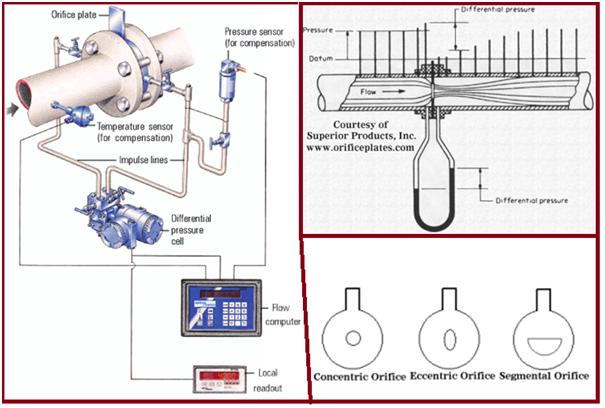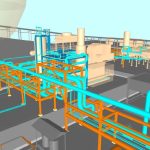The following section will list some interview questions asked in the different interviews for a Pipeline Engineer Position. Readers are requested to provide the answers in the comment section which I will add in the main section in due course.
- Explain the basis of pipeline hydraulics and how will differentiate the gas and crude oil pipeline that is which method will perform to do the calculation.
- What are all the softwares available in the market to perform pipeline hydraulics and how will you check the input and output?
- What are the criteria for route selection of gas and crude oil pipelines?
- For the sloped pipeline, how to fill the water during the hydrostatic test and why?
- Explain the hydrostatic test pressure with respect to ASME B 31.8/31.4. How do they arrive the 90% of SMYS and what is the basis?
- Explain about one pipeline project lifecycle, starting from concept, FEED, Detail Design, and construction (Sequence).
- What is the difference between PSL-1 and PSL-2, what are all the tests involved during manufacturing?
- What is the procedure/sequence of linepipe manufacturing?
- What % of line pipe is radiographically tested during manufacturing?
- Spiral welding can be used in oil and gas, if No, why?
- Wadi crossing types and construction methods.
- Isolation joints internal and external coating requirements and temperature ranges.
- Draw and explain the pig launcher and receiver sequence.
- Pipeline Hydrotest procedure.
- What are the steps involved in pre-commissioning of the pipeline?
- Steps involved in pipeline construction.
- Distance between pipelines in the same trench and separate trench.
- What are the disadvantages of the pipelines in the same trench?
- Distance between the OHL line and the pipeline.
- GRE pipelines – explain the advantages and disadvantages compared to carbon steel pipelines.

- Specify Internal and external coating types with temperature limitations.
- What is the reason for choosing the DSS pipeline with respect to fluid properties?
- What are all the testing requirements for SOUR service pipeline items?
- What is PWHT and what is the limitation of thickness with respect to international codes?
- What is the philosophy of Pipeline supporting and anchor points for looped lines?
- What is Cathodic Protection? What are the Anodic materials used in the pipeline CP systems?
- What are the calculations performed during Hot tap design?
- Draw a Block Valve Station for gas and crude oil pipelines separately.
- What is the MPT requirement for Golden Joints?
- Explain the GRE wall thickness calculation basis and steps.
- Explain DPE and SPE on the ball valve.
- For high sour service, how you will provide grease point and sealant injection?
- During PE lining Wall Thickness calculation, what are the important factors you considered?
- During PE lining pulling how many bends are allowed?
- 3LPE /3LPP temperature minimum and maximum.
- Explain uni-directional and bi-directional pig traps.
- How you will consider corrosion allowance in pipeline systems?
- Explain upheaval bucking and how to avoid it.
- Briefly explain the pipeline routing considerations for Greenfield and Brownfield: Start with design and end with commissioning.
- Briefly explain the gauging.

- What is the double piston effect on pipeline ball valves?
- Explain upheaval buckling and its calculation methodology.
- What are Location classes with respect to ASME B 31.8 and ASME B31.4?
- Explain road crossing calculation methodology.
- Explain the Isolation Joint working principle.
- Specify the Types of pigs and their applications.
- What HIPPS valves? Explain about SIL level.
- Difference between transition and pup piece.
- What are all the required parameters for hydraulic analysis? As a pipeline engineer, what are the inputs needed to perform hydraulic analysis?
- What is your understanding of Environmental Impact Assessment (EIA)?
- What are the different types of tests involved in GRE pipes?
- Types of pigs and usage. Length of the intelligent pigs and MFL tools.
- Explain cathodic protection and Types of cathodic protection – in general.
- As a pipeline engineer, what do you know about line sizing?
- What is pipeline equivalent stress? What are all the stresses generated in a pipeline?
- How bending radius will affect the Pipeline Wall Thickness Calculation?
- What are the proximity distances and no. of buildings according to the location class?
- Where are Isolation joints to be installed and why? In IJ above 50 bar, what is the precaution?
- Draw the pig trap and explain the pigging procedure.
- Explain about CMA fittings and location, why?

- Compare a BVS requirement with EIA.
- What are the differences between restrained and un-restrained pipelines?
- What are the criteria for expansion loops for un-restrained pipelines? During A/G pipeline design how expansion loops will be fixed?
- What are the types of supports used for pig traps and why?
- Tell about allowable displacement values and if exceed the limit what are the other considerations to be taken care of to have a flexible pipeline system during design.
- What is Carbon Equivalent (CE) for line pipe and split tees? If two different CE pipes are needed to weld, which CE value has to be considered for qualification?
- DWTT and CVN tests – Explain.
- Explain the minimum branch sizes on pipelines.
- Golden weld joints – explain what tests need to be performed for golden joints.
- External coating types and temperature range.
- Velocity accepted during the design for liquids and gas?
- During End closure design what are the safety devices we have to consider?
- During the design of pipeline design life, what are the factors to be considered?
- PWHT requirement on the pipelines.
- How you will protect your pipeline and flowline: explain from the well to manifold and manifold to the station.
- Explain the pipeline design of the high temperature and pressure.
- What are the major differences between ASME B31.4 and ASME B31.8?
- A pipeline carries a fluid having a temperature of 250 Degrees C. Which ASME code will be used to design that pipeline?








